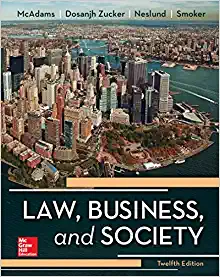Answered step by step
Verified Expert Solution
Question
1 Approved Answer
ch6 Question 1 (1 point} A substantive audit procedure for verifying accounts payable should include tracing the opening balance to the previous year's working papers.









ch6














Step by Step Solution
There are 3 Steps involved in it
Step: 1

Get Instant Access to Expert-Tailored Solutions
See step-by-step solutions with expert insights and AI powered tools for academic success
Step: 2

Step: 3

Ace Your Homework with AI
Get the answers you need in no time with our AI-driven, step-by-step assistance
Get Started


